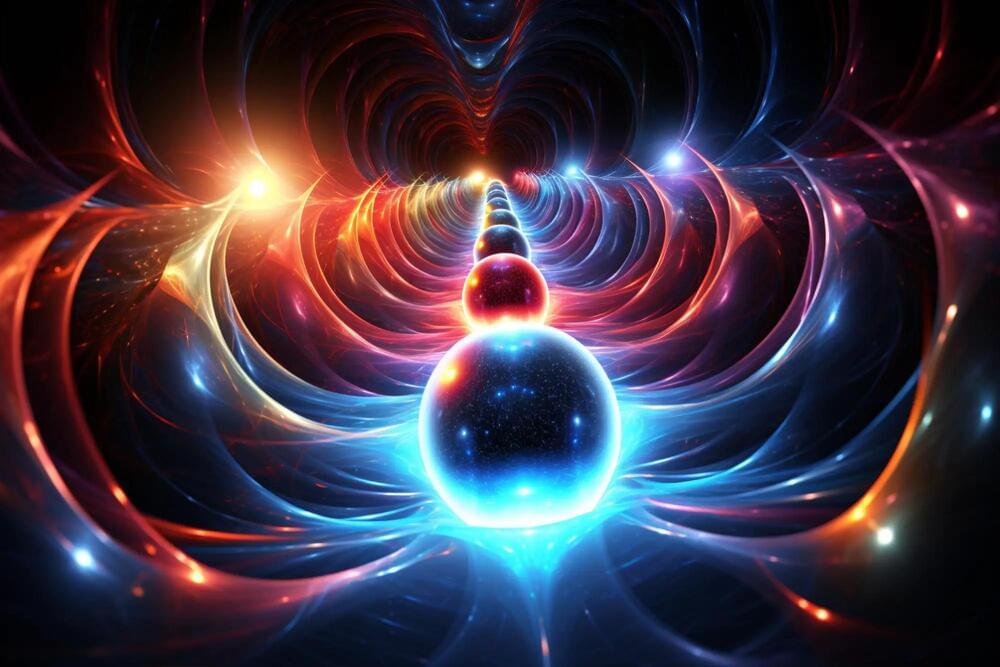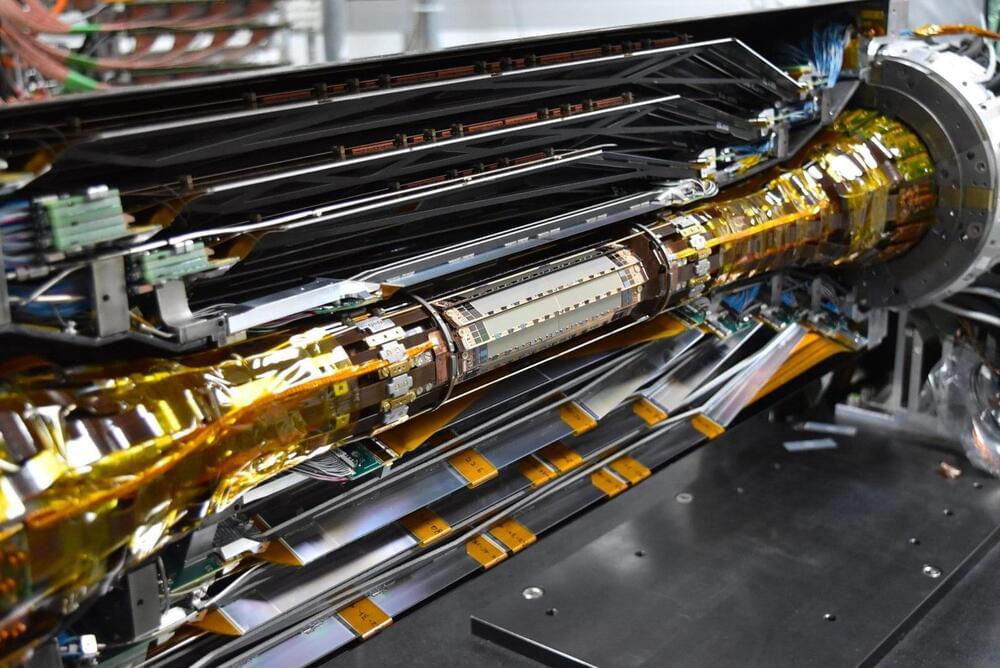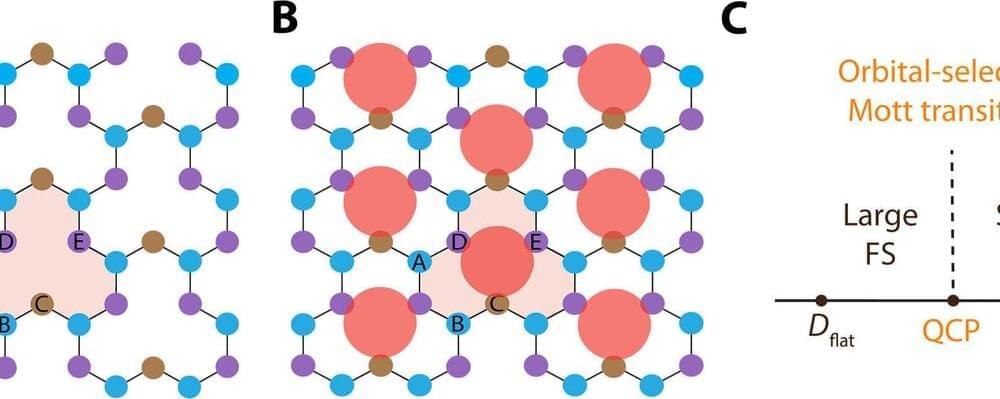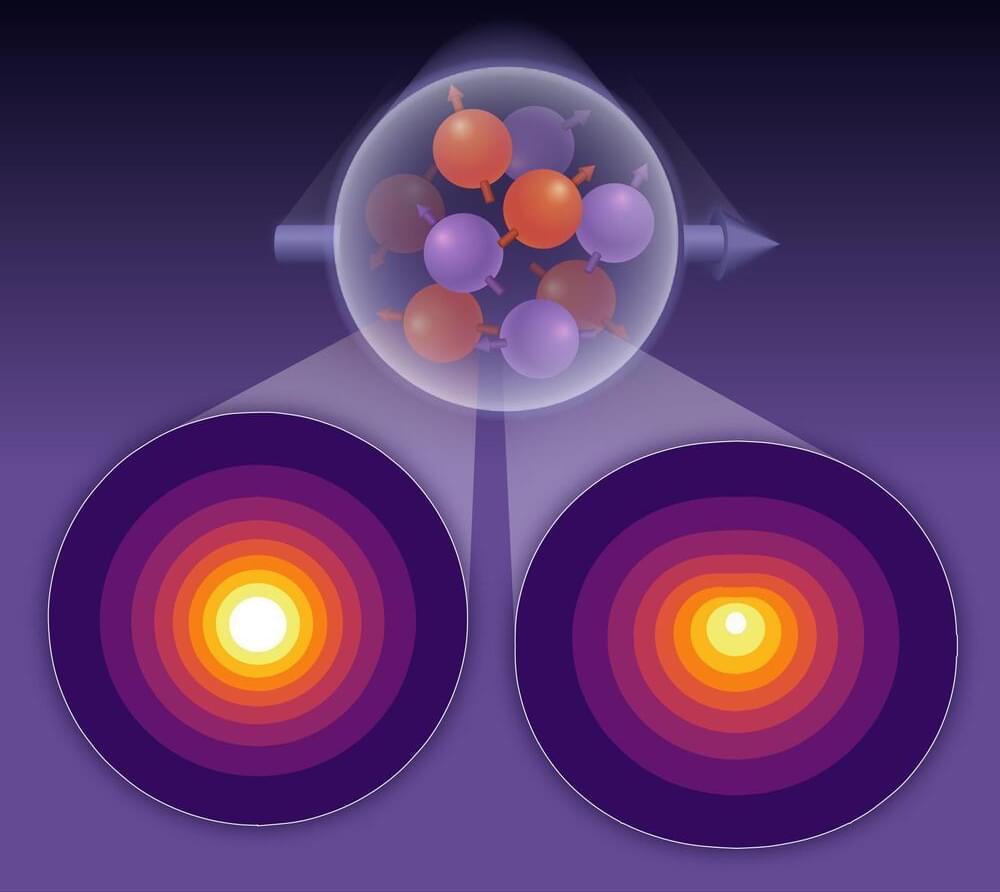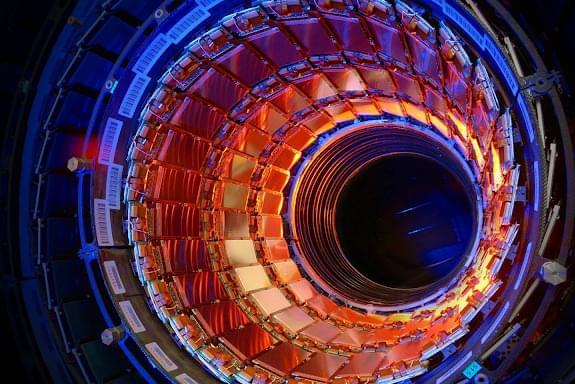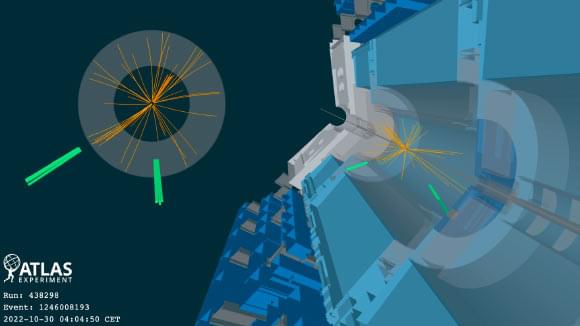“A place for everything and everything in its place”—making sense of order, or disorder, helps us understand nature. Animals tend to fit nicely into categories: Mammals, birds, reptiles, whatever an axolotl is, and more. Sorting also applies to materials: Insulator, semiconductor, conductor, and even superconductor. Where exactly a material lands in the hierarchy depends on a seemingly invisible interplay of electrons, atoms, and their surroundings.
Unlike animals, the boundaries are less sharp, and tweaking a material’s environment can force it to bounce between categories. For example, dialing down the temperature will turn some materials into superconductors. Snapping on a magnetic field might reverse this effect. Within a single category, different types of order, or phases, can emerge from the sea of particles.
Unfortunately, we can’t see this nanoscopic universe with our eyes, but scientists can use advanced imaging tools to visualize what’s going on. Every once in a while, they uncover unexpected and surprising behaviors.

